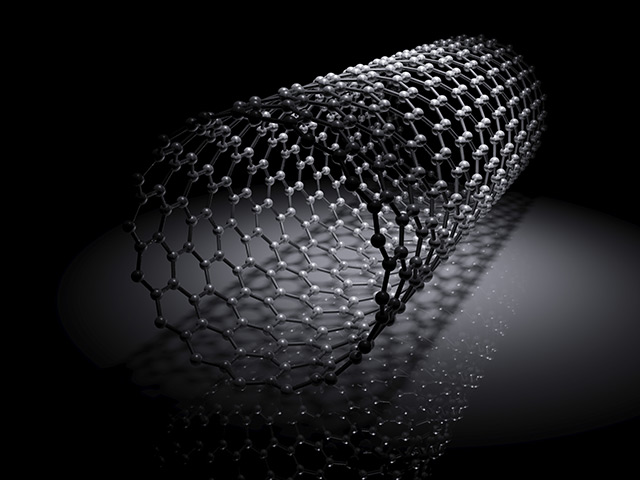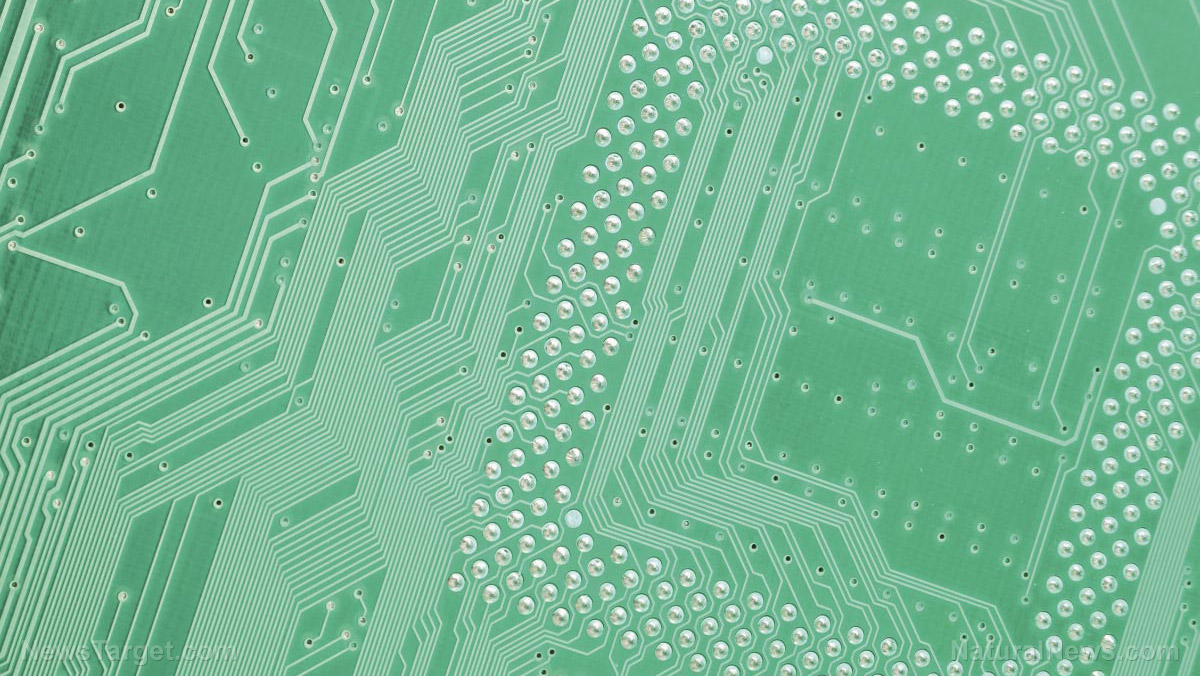
American researchers have hit upon a very unconventional – and tasty – building material for robots. An article in Science Daily stated that they are using popcorn to provide muscle power for simple robots.
When you think about it, corn kernels are pretty impressive. Few materials can explosively increase their size by a huge margin, massively alter their viscosity, and end up with a very irregular shape despite starting out as a smooth, regular granule.
Even fewer things remain edible after undergoing such a startling and energetic transformation, much less be fun to munch, especially after you sprinkle a little bit of salt on them.
Researchers from Cornell University (CU) decided to take advantage of these striking characteristics. They recently released a paper that explained how corn kernels could provide power for robotic devices, allowing the machine to grasp objects, expand in size, or change their rigid shape.
"The goal of our lab is to try to make very minimalistic robots which, when deployed in high numbers, can still accomplish great things," explained CU researcher Kirstin H. Petersen, one of the co-authors of the study. "Simple robots are cheap and less prone to failures and wear, so we can have many operating autonomously over a long time." (Related: Study claims that we interact differently with various robots based on their physical characteristics.)
Swapping out a robot's mechanical actuators for popcorn kernels
Robotics researchers like Petersen are always on the lookout for ideas that can fulfill as many functions as possible. But the CU team is the first to try using popcorn to power the actuators of robots.
Corn is cheap, common, easy to acquire, environmentally-friendly, and can be eaten. Inside each kernel is a droplet of water. If heated, the water turns into steam and starts pushing against the hard shell of the hull. When the pressure becomes too much, the kernel pops.
The amount of force and motion they can apply for their size makes popcorn kernels potential power sources for small jumping robots. They could also provide energy for medical devices that must be ingested in order to be used.
Soft robots use a combination of pumps and compressors to manipulate fluids. Both hydraulic and pneumatic systems suffer from similar drawbacks: expensive cost and heavy weight.
A combination of hard, uncooked kernels and softer, already cooked popcorn could replace these pumping systems. The uncooked kernels can be popped by using a small amount of electricity to heat up the water.
An nontraditional, eco-friendly, and delicious way to power robotics
The biggest drawback to using corn is that popped kernels cannot shrink back to their original shape. Any device that relies on popcorn for power can only use each kernel once.
Petersen's co-author, Steven Ceron, commented that popcorn also happens to be water-soluble. He believes that if a popped kernel can be dissolved in water and returned to a semblance of its uncooked state, it could be reused more than once.
The two CU researchers presented their paper – titled "Popcorn-Driven Robotic Actuators" – at the recent IEEE International Conference on Robotics and Automation. Petersen was confident that their work could direct other robotics researchers to explore common yet unconventional options for materials.
"Robotics is really good at embracing new ideas, and we can be super creative about what we use to generate multifunctional properties," she remarked. "In the end we come up with very simple solutions to fairly complex problems. We don't always have to look for high-tech solutions. Sometimes the answer is right in front of us."
For more articles about strange yet effective materials used in robotics, visit Robotics.news.
Sources include:
Please contact us for more information.
















